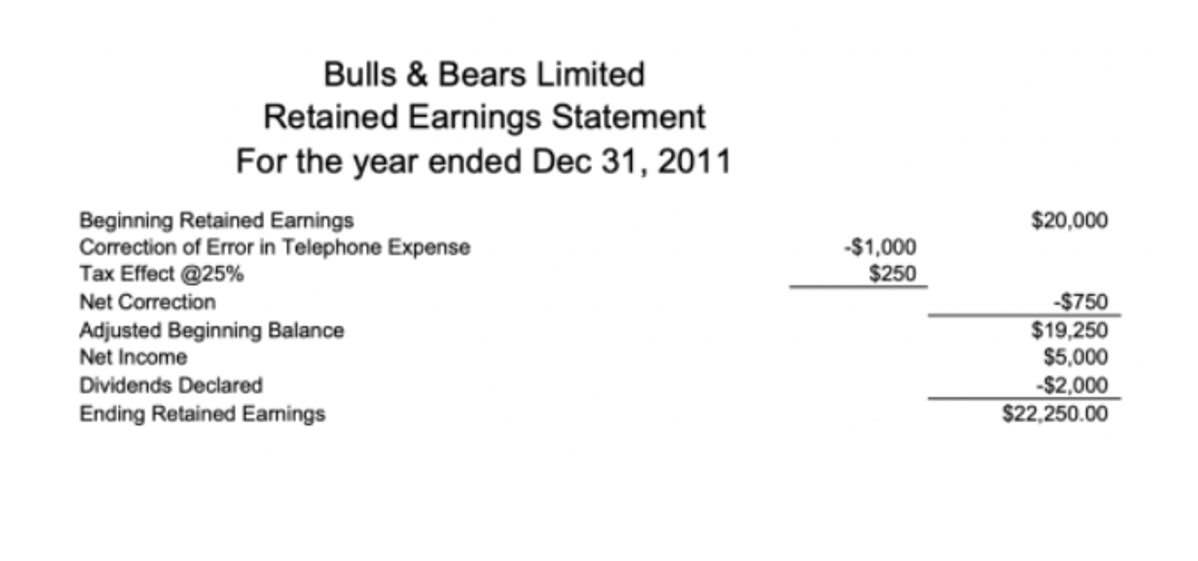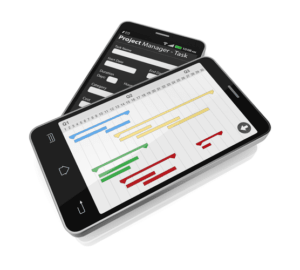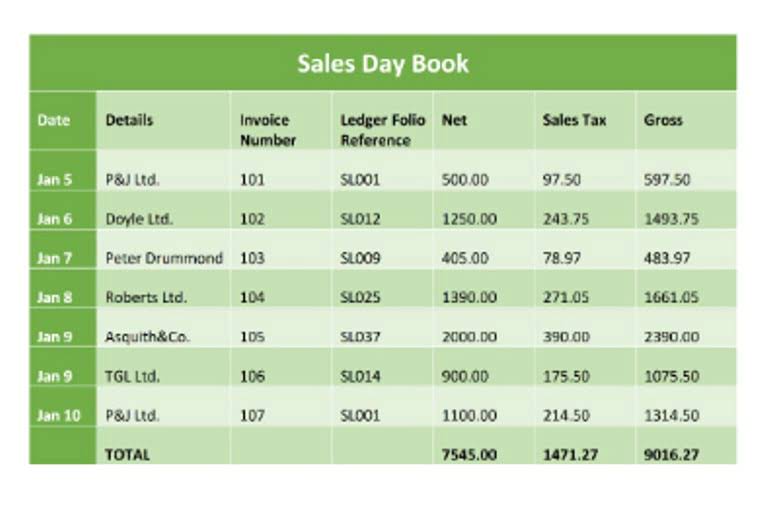
In terms of financial statements, you can find your retained earnings account (sometimes called Member Capital) on your balance sheet in the equity section, alongside shareholders’ equity. In rare cases, companies include retained earnings on their income statements. By subtracting the cash and stock dividends from the net income, the formula calculates the profits a company has retained at the end of the period. If the result is positive, it means the company has added to its retained earnings balance, while a negative result indicates a reduction in retained earnings. At the end of each accounting period, retained earnings are reported on the balance sheet as the accumulated income from the prior year (including the current year’s income), minus dividends paid to shareholders. In the next accounting cycle, the RE ending balance from the previous accounting period will now become the retained earnings beginning balance.
- For example, if the dividends a company distributed were actually greater than retained earnings balance, it could make sense to see a negative balance.
- Any probable and estimable contingencies must appear as liabilities or asset impairments rather than an appropriation of RE.
- The higher the retained earnings of a company, the stronger sign of its financial health.
- Yes, having high retained earnings is considered a positive sign for a company’s financial performance.
- Retained earnings are calculated by subtracting dividends from the sum total of retained earnings balance at the beginning of an accounting period and the net profit or (-) net loss of the accounting period.
Retained earnings formula
Most financial statements have an entire section for calculating retained earnings. But small business owners often place a retained earnings calculation on their income statement. Rather, it could be because of paying dividends to shareholders, capital expenditures, or a change in liquid assets. It might also be because of different financial modelling, or because a business needs more or less working capital. Retained earnings refer to a company’s net earnings after they pay dividends.
Working Capital: What It Is and How to Calculate It

While it’s sometimes referred to as the statement of stockholders’ equity, statement of owner’s equity, or equity statement, these technically aren’t the same thing. In this guide, I’ll help you understand and interpret the statement of retained earnings, and give you my tips for extracting valuable insights from this short—but important—financial statement. However, company owners can use them to buy new assets like equipment or inventory. And they want to know whether they can do better with other investments. An investor may be more interested in seeing larger dividends instead of retained earnings increases every year. Much like any other part of a business, there can be downsides to retained earnings.
How to calculate the effect of a cash dividend on retained earnings
Retained earnings represent the total profit to date minus any dividends paid.Revenue is the income that goes into your business from selling goods or services. A company reports retained earnings on a balance sheet under the shareholders equity section. It’s important to calculate retained earnings at the end of every accounting period. the statement of retained earnings On the other hand, though stock dividends do not lead to a cash outflow, the stock payment transfers part of the retained earnings to common stock. For instance, if a company pays one share as a dividend for each share held by the investors, the price per share will reduce to half because the number of shares will essentially double.
Step 1: Determine the financial period over which to calculate the change
In the final step of building the roll-forward schedule, the issuance of dividends to equity shareholders is subtracted to arrive at the current period’s retained earnings balance (i.e., the end of the period). Additional paid-in capital is included in shareholder equity and can arise from issuing either preferred stock or common stock. The amount of additional paid-in capital is determined solely by the number of shares a company sells.
How Net Income Impacts Retained Earnings

Thus, retained earnings balance as of December 31, 2018, would be the beginning period retained earnings for the year 2019. Thus, at 100,000 shares, the market value per share was $20 ($2Million/100,000). However, after the stock dividend, the market value per share reduces to $18.18 ($2Million/110,000). Thus, stock dividends lead to the transfer of the amount from the retained earnings account to the common stock account.
Retained Earnings to Market Value
Retained earnings are calculated by subtracting dividends from the sum total of retained earnings balance at the beginning of an accounting period and the net profit or (-) net loss of the accounting period. Retained earnings are calculated by subtracting a company’s total dividends paid to shareholders from its net income. This gives you the amount of profits that have been reinvested back into the business. The company’s retained earnings calculation is laid out nicely in its consolidated statements of shareowners’ equity statement. Here we can see the beginning balance of its retained earnings (shown as reinvested earnings), the net income for the period, and the dividends distributed to shareholders in the period. A company’s retained earnings balance can be found on the shareholder’s equity section of the balance sheet (one of the 3 core financial statements), which can be found in the company’s annual report or website.
Retained earnings offer internally generated capital to finance projects, allowing for efficient value creation by profitable companies. However, note that the above calculation is indicative of the value created with respect to the use of retained earnings only, and it does not indicate the overall value created by the company. Over the same duration, its stock price rose by $84 ($112 – $28) per share. Dividing this price rise per share by net earnings retained per share gives a factor of 8.21 ($84 ÷ $10.23), which indicates that for each dollar of retained earnings, the company managed to create around $8.21 of market value.

- Retained Earnings (RE) are the accumulated portion of a business’s profits that are not distributed as dividends to shareholders but instead are reserved for reinvestment back into the business.
- Sum up the figures added to the statement of retained earnings to calculate the closing balance.
- Hence, capable management knows to properly balance these various options for the ultimate benefit of the company.
- Some companies don’t have dividend payouts—in that case, there’s nothing to subtract.
- Yes, retained earnings carry over to the next year if they have not been used up by the company from paying down debt or investing back in the company.











